Antiquities: 1992 in the computer press
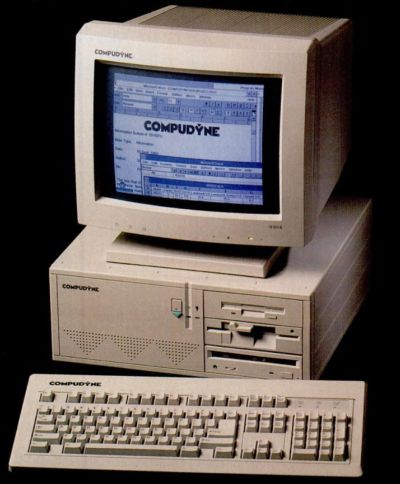 The time period for reading old magazines helped me determine the litigation. In the late eighties and early nineties, AMD and Intel regularly meet in court. Initially, they exchanged technology. AMD licensed processors up to the 286th (having a second vendor was IBM's requirement), but after the release of Intel 80386 the situation changed: the American manufacturer decided not to share developments with AMD, and tried to ban the production of clones. Litigation finally stopped only in 1996, Intel as a whole lost, but managed to delay the appearance on the market of 386 processors from a competitor until March 1991.
The time period for reading old magazines helped me determine the litigation. In the late eighties and early nineties, AMD and Intel regularly meet in court. Initially, they exchanged technology. AMD licensed processors up to the 286th (having a second vendor was IBM's requirement), but after the release of Intel 80386 the situation changed: the American manufacturer decided not to share developments with AMD, and tried to ban the production of clones. Litigation finally stopped only in 1996, Intel as a whole lost, but managed to delay the appearance on the market of 386 processors from a competitor until March 1991.
Trying to catch up, AMD releases the most powerful clone 80386 - the AM386DX processor with a frequency of 40 megahertz (Intel stopped at 33 MHz). Computers based on this processor appear in late 1991 - early 1992. And in 1995, the 40MHz 386th became my first personal computer. At that time it was already outdated, and Windows 95 worked on it leisurely, but there wasn’t much choice (nor money): this computer served me until 2001.
In 2019, I decided to restore my computer system from the 90s, and at the same time to study computer technology in the early nineties. For me, these times are rather dark and incomprehensible. And it turns out that the most powerful 386th was relevant for exactly one year, after which (for productive PCs of course), it finally gave way to 486th systems. While the new-old iron is coming to me, I should study the context in more detail, according to the primary sources. I have already made a similar selection based on materials from the Comtek 1997 exhibition. And today I’ll tell you what they wrote about and what they advertised in computer editions for 1992.
I keep a diary of a collector of old pieces of iron in a Telegram . Fresh updates on the project will be published there. I plan to build the system, although old, but functional and uncompromising.
Sources
First, let's decide what to read and where to get it. Scans of old magazines in the Google Books service are my constant source of information about ancient computers. This is, first of all, PC Magazine , with detailed comparative tests of hardware, and a little more corporate, hung with advertisements for InfoWorld laser printers. There is a video source: an excellent television show Computer Chronicles , an archive of which is posted on YouTube. It is not easy for the modern viewer to keep up with the slow pace of this program, but there are numerous lively cool devices that are now almost completely forgotten.

A good overview of the high-tech market is provided by Computer Cronicles TV shows from exhibitions: for example, Comdex Spring and Comdex Fall 1992. Watch the release from the fall event and you will be surprised: there are discussing tablet computers and wireless networks! Although it would seem, really usable WiFi appeared ten years after the exhibition, and tablets generally twenty.

It's all about the features of the media, which must be taken into account when reading. While a poor computer enthusiast saves on breakfasts to buy at least some kind of sound card, the magazine editor idly rotates benchmarks on the fresh 486th. Dozens of fashionable novelties pass through it, and it is slightly saturated. The presenter of the television program brings ten minutes of reporting from a three-day business trip, and naturally he will choose the most outstanding technologies, even if some of them are raw and others do not work at all.
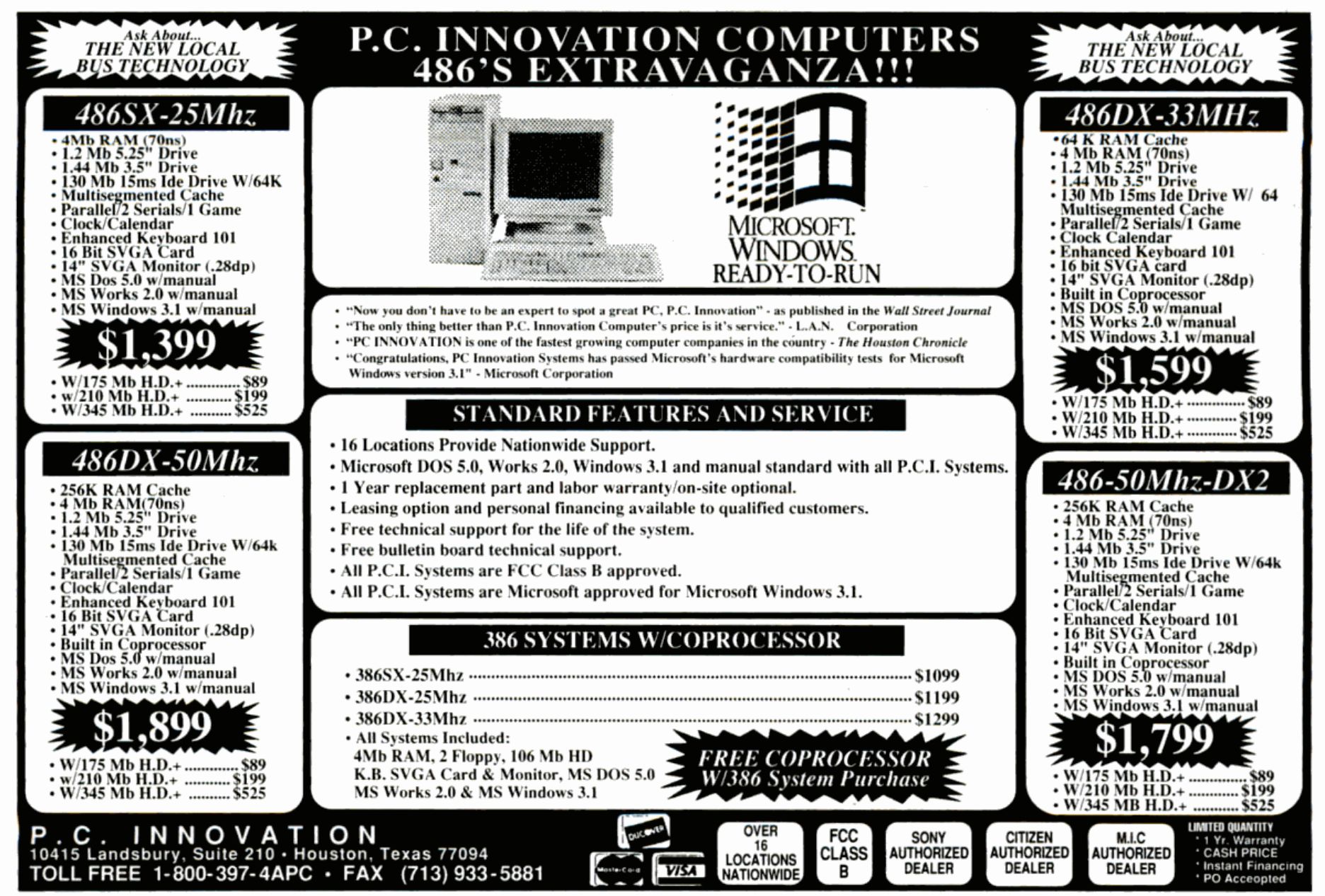
Therefore, it is important to look at advertisements, and not the spreads at the beginning of the magazine, but the cheap ads at the end - they were more likely to offer what normal people really bought. It is also advisable to read the domestic press, because the realities of Western countries and life in the post-Soviet space of the early nineties are two different things. It is more complicated with Russian publications, but there is something: the Monitor magazine, aimed at programmers and system administrators, scans of the PC World and ComputerPress editions. There is a very unique thing: the floppy samizdat " Softpanorama ", with texts and programs. For those who prefer to solder, the archive of the Radio magazine is available, but there, in 1992, if computers are investigated, it is more likely eight-bit.
Virtual time machine
First, configure a non-computer environment. In 1992, the top lines of the charts are occupied by the song of Whitney Houston “I Will Always Love You” and “Smells Like Teen Spirit” by Nirvana. At one end of the musical spectrum - Deep Forest and Vanessa Paradis, at the other - Alice in Chains and Rage Against The Machine. Somewhere on the side are the new albums DDT (where the song is about autumn) and Nautilus Pompilius (where the diamond roads).

In the movie (or on video cassettes in the form of a rag copy) they show the Bodyguard with the same Whitney Houston, a cartoon about Aladdin (the original, without Will Smith painted in blue), “Basic Instinct” and “The Lawnmower Man”. Volkswagen Golf becomes the car of the year, and it looks like this:
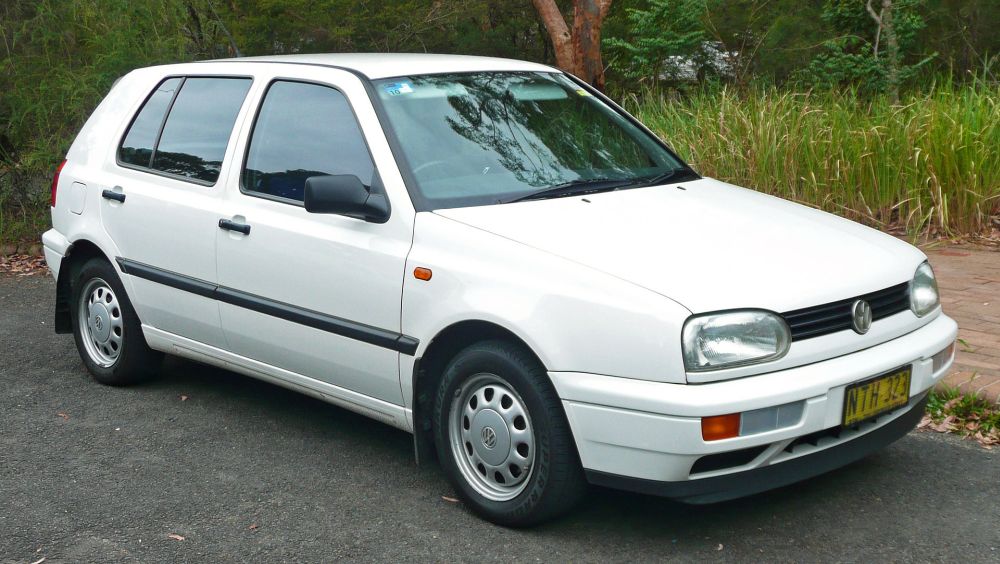
But okay, I’m assembling a computer. On the freshly purchased motherboard, a warranty sticker with the date: October 1992 was preserved. What did we have with iron at that moment? Even the powerful 386th from AMD is no longer the coolest processor. The Intel 80486, the next-generation processor with integrated cache memory and a mathematical coprocessor (with or without them, in the 486SX version) was introduced in 1989, and in 1992 the DX2 version appeared at a frequency of 66 megahertz. How seriously the performance differs between 386 and the earliest 486 is a moot point. In the realities of the early nineties, the question of price and opportunities is more relevant: even if you can afford a very cool desktop, what will you do with it?

By the end of the year, prices fell markedly.
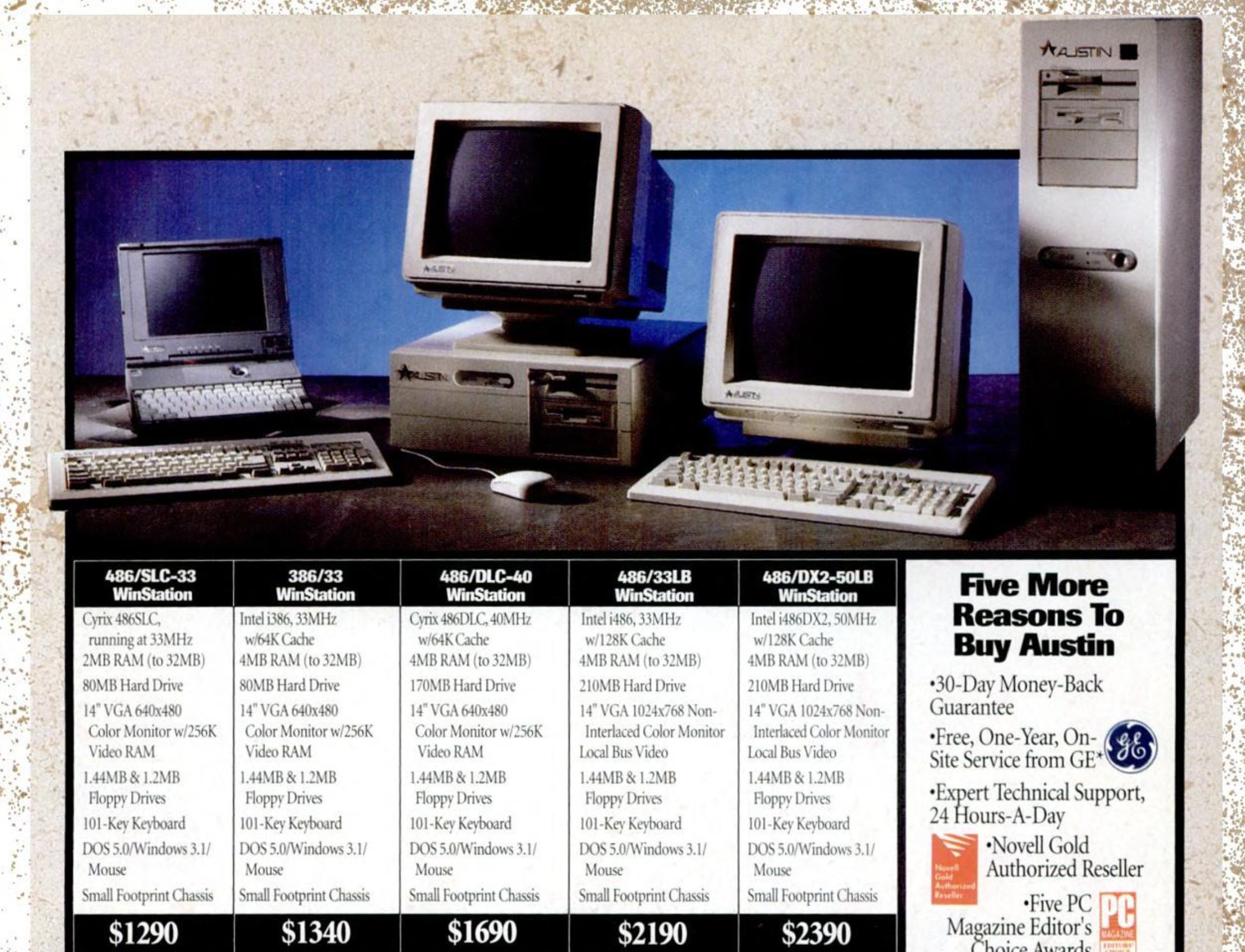
We can say that the processors were slightly ahead of everything else: the software was mostly written for 16-bit systems, and the peripherals were not far away. The standard for ISA expansion cards with an 8 or 16 bit data bus has been used universally. Attempts to drag the entire ecosystem of the desktop into the new 32-bit world were made, but even in the expensive 486 computers of that era, the corresponding EISA or VLB bus (or MCA, for connoisseurs) was used at best for a video card and hard drive controller. And so the 386th computer on the motherboard with ISA connectors was a very reasonable solution. Moderately powerful, compatible with software and hardware over the past decade.
Typical computer
In January 1992, PC Magazine published a comparative test of 15 desktop PCs with an Am386 40 MHz processor. The article indicates the wholesale price of the processor - $ 190, against 195 for an Intel processor with a lower frequency of 33 megahertz. All computers are confidently ahead of the younger 486 processors in terms of performance, and are inexpensive - about $ 2,000 (or 3,600 in modern money, from now on I will always give prices in parentheses taking into account inflation).
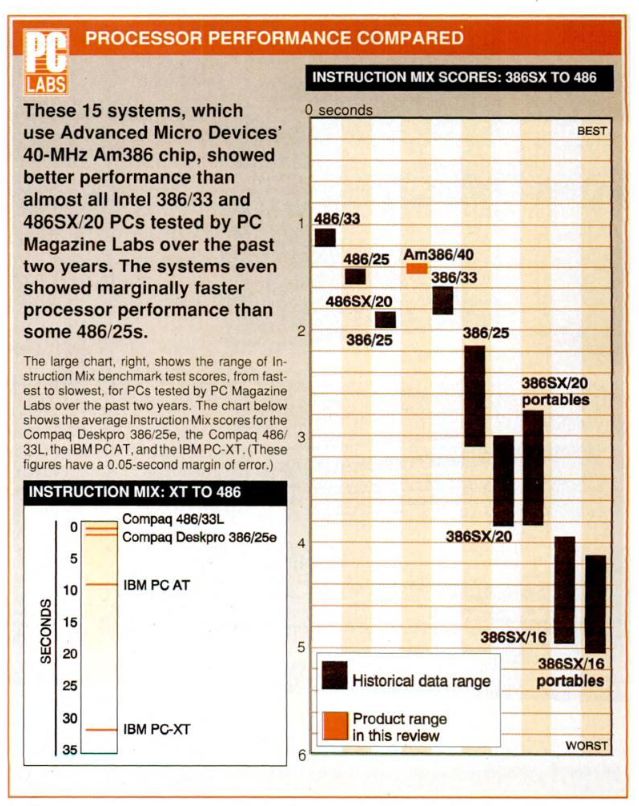
The Editors' Choice Award is given to the Tangent Model 340 computer, which PC Magazine confidently recommends for CAD and printing. This is a desktop with the same AMD processor, eight megabytes of RAM, a 202 megabyte hard drive, and drives for 3.5-inch and 5.25-inch diskettes. The kit includes a 14-inch monitor with a maximum resolution of 1024x768, it is controlled by a video card with a megabyte of its own memory and stands out among the analogs by supporting a high frame refresh rate of 72 hertz.

Cost - 3295 dollars (6000 modern). Partly, the high price is due to the hardware accelerated graphics, but only in Windows 3.x, in DOS, the net bandwidth of the graphics adapter turned out to be lower than that of competitors. If you suddenly this is important. A 202 megabyte hard drive (it will fit about four photos from my modern camera) is microscopic by current standards, but then it was a very solid volume. Not yet everywhere at that time the era of computers ended, which are completely devoid of a hard drive: only floppy disks, only hardcore! Top systems had a SCSI or ESDI controller, on which a HDD with a capacity of 500 MB to 2 GB was hung.
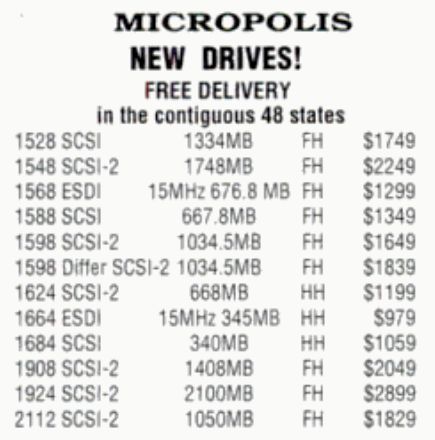
Multimedia
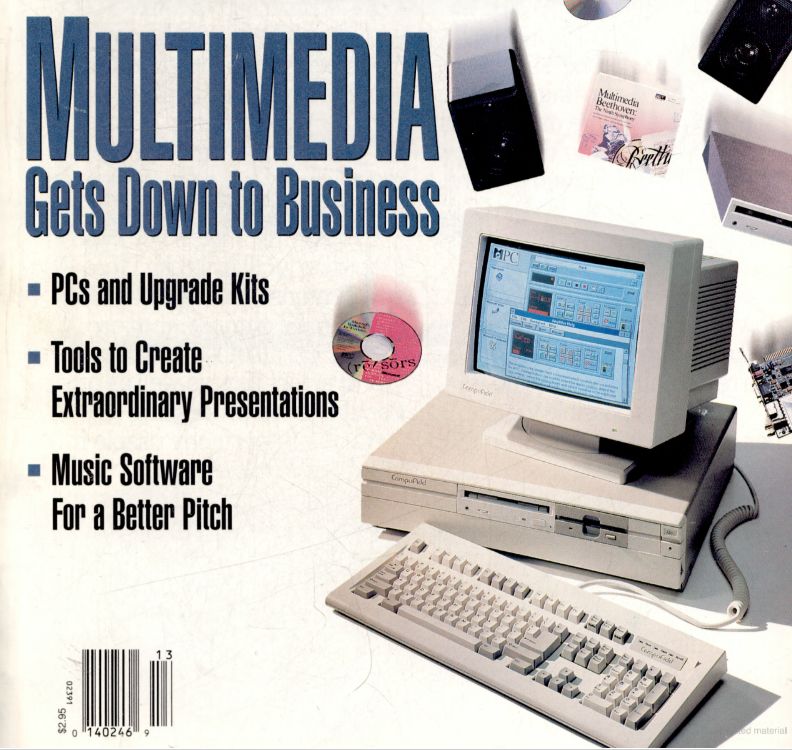
Okay, I was ready for microscopic hard drives. What I did not expect was the popularity of multimedia computers, judging by the publications in the media. In the early 90s, Microsoft promoted the Multimedia PC standard: the idea was that by buying a computer or upgrade kit with the corresponding logo, you can run multimedia applications that are also released in accordance with the standard.
As of 1991, the minimum requirements were as follows: Intel 386SX processor with a frequency of 16 megahertz, 2 megabytes of memory, a hard disk of 30 megabytes, a video card with support for the VGA standard and 256 kilobytes of its own memory (so that it was enough to display 256 colors). Plus a single-speed CD-ROM drive that has just hit the market, a sound card (Sound Blaster recommended) and, of course, Windows version 3.0.

Wait, but looking from 2019 it seems that such a configuration is not capable of anything. And, uh, yes. Nearly. To begin with, audio discs on computers of that era were played almost without a computer: the CD-ROM drive sent an analog signal to a sound card, and the role of a software player came down to switching tracks. The idea of multimedia PCs in the early nineties parasitized on the incredible (compared to a 30 megabyte HDD) compact disk capacity.
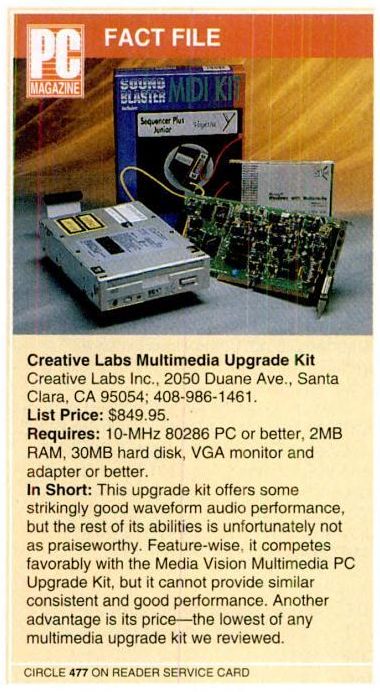
In March 1992, PC Magazine tested multimedia computers and upgrade kits, such as the Creative kit in the picture above ($ 850, 1,550 modern). For this money, you get a sound card with a controller for the drive (usually proprietary at that time) and the CD-ROM drive itself, one or two speed. The editors' choice award was then decided not to be awarded to anyone, considering the multimedia technologies too raw. So it was: the few releases under this standard were libraries of photographs, thematic collections of information, sometimes with the addition of postage stamp-sized videos.

But this does not mean that computers of the early nineties did not know how to image and sound. Just for almost any task you needed an expansion board. For example, a computer TV tuner was connected to the video card in such a way as to “paste” the image into the window size, almost without using the small computing power of the PC. Similarly, computer music was implemented - using synthesis on a sound card or on an external synthesizer. Such palaces from crutches seemed something incredibly breakthrough then, and now they are interesting for their non-trivial decisions. My 80386 retrocomputer will definitely be multimedia.

It was possible to earn money on a CD-ROM by purchasing special collections of pictures, which were then laid out on BBS.
Smoke of the fatherland
In Russia in 1992 there were a lot of events and very little money. More precisely, there was money, but their location was unknown to most of the country's inhabitants.
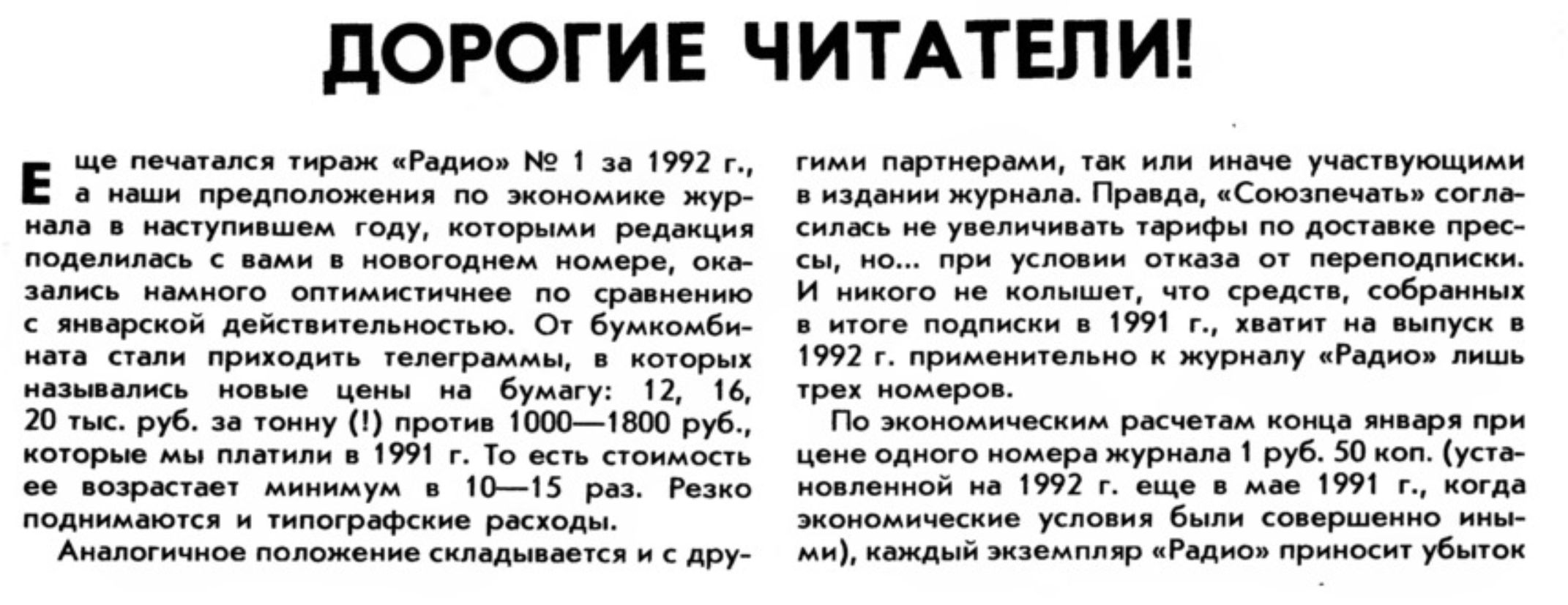

Radio Magazine, double issue for February-March 1992.
At the beginning of the year, prices are released, the country is furious inflation. Advertisements out of habit publish prices in rubles, but soon everyone will finally switch to “conventional units”.

Oh yes, an important feature of 1992 is to be noted: no web! It appeared in 1991, and will become any kind of popular only after 2-3 years. As can be seen in the advertisements, even the email address is not always used: communication takes place by regular mail, phone and fax. This does not mean that there were no networks, but they were rather perceived as a novelty. As well as graphical interfaces, 3D-games and other now familiar software.

In the Russian computer press, much attention is paid to databases: dBase, Clipper, Foxpro and the like. The scope of their application is not completely clear to me, but I will assume that on the basis of the DBMS in commercial and not-so-very enterprises, management and accounting systems, which are also mostly standardized, were cut in different ways. The journal Monitor also widely discusses computer viruses: they receive much more attention than in the Western press. In ComputerPress, educational programs on the types of LCD displays in laptops, the features of resident programs in DOS, and software protection against copying. In editorial articles, the discrepancy between new technologies of domestic reality is often mentioned: the 286th computers were “delayed”, and messages from Western magazines about fashionable news are cited with some skepticism. When it reaches us.

Nevertheless, despite the difficult economic situation and ancient technologies, progress was moving by leaps and bounds. The computer industry surprised every day: for some, the transition from a typewriter to a text editor, for others, support for video and full-color pictures. This is an interesting stage when many of the current formats for using PCs were just emerging. A computer on the 386th processor gives you the opportunity to try many of them: early versions of Linux, commercial UNIX, and partially 32-bit Windows 3.1, and full-fledged Windows NT and OS / 2 2.0.
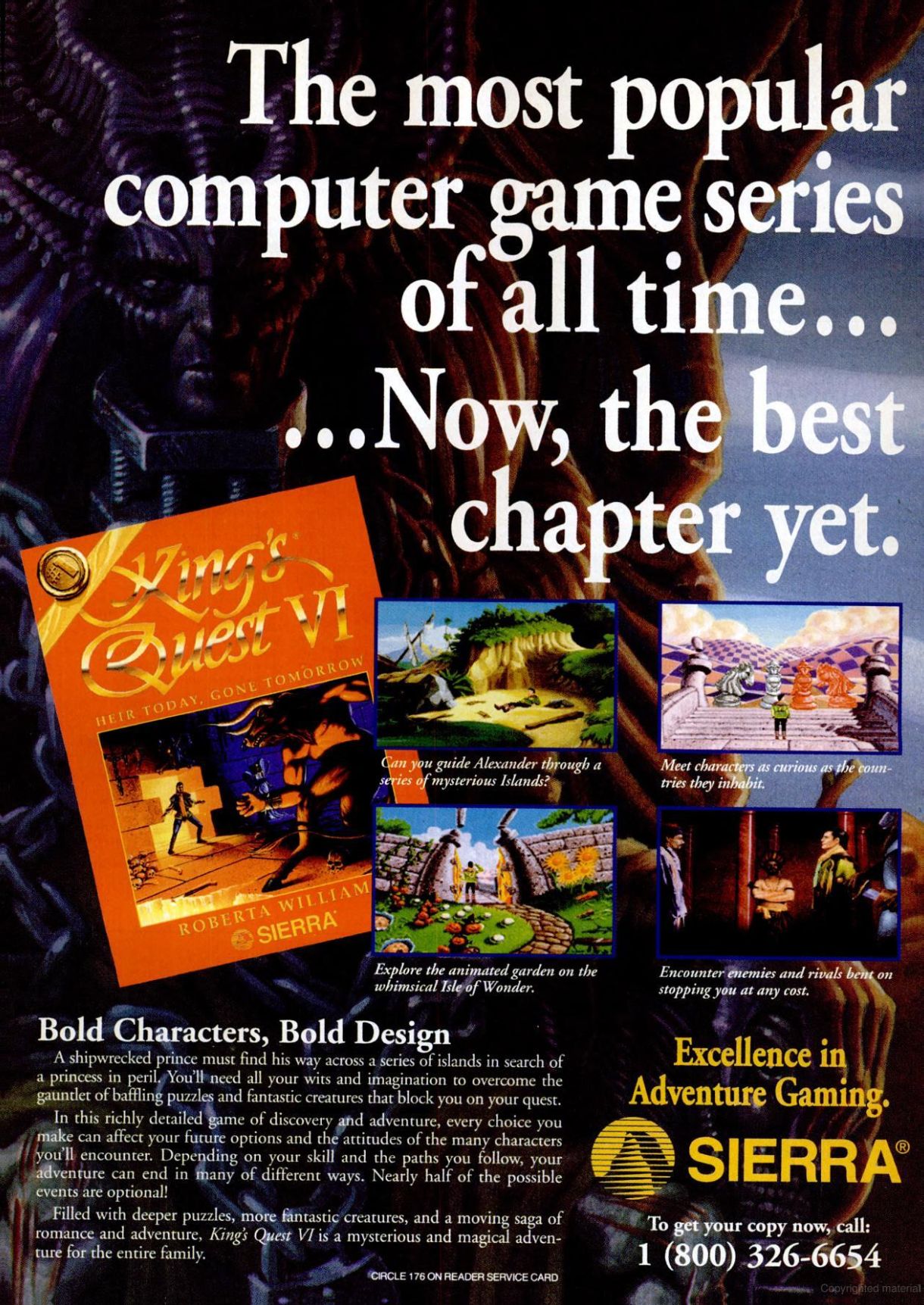
Beige box
Before looking in the old press for useful information about assembling a retrocomputer, you need to decide on this: then there was no concept of self-assembly of a PC, or it was not widespread. Even the idea of an upgrade was perceived as something fresh, the same PC Magazine in 1992 devoted the issue to this issue. Component vendor advertisements do not even offer CPUs: they appear to be delivered only to PC builders. These are large companies that can afford a custom motherboard, and small companies buying standard cases, standard AT form factor motherboards, and other hardware. In the realities of 1992, the correct sequence of actions is the purchase of a ready-made PC, which is then added to the necessary technical requirements.
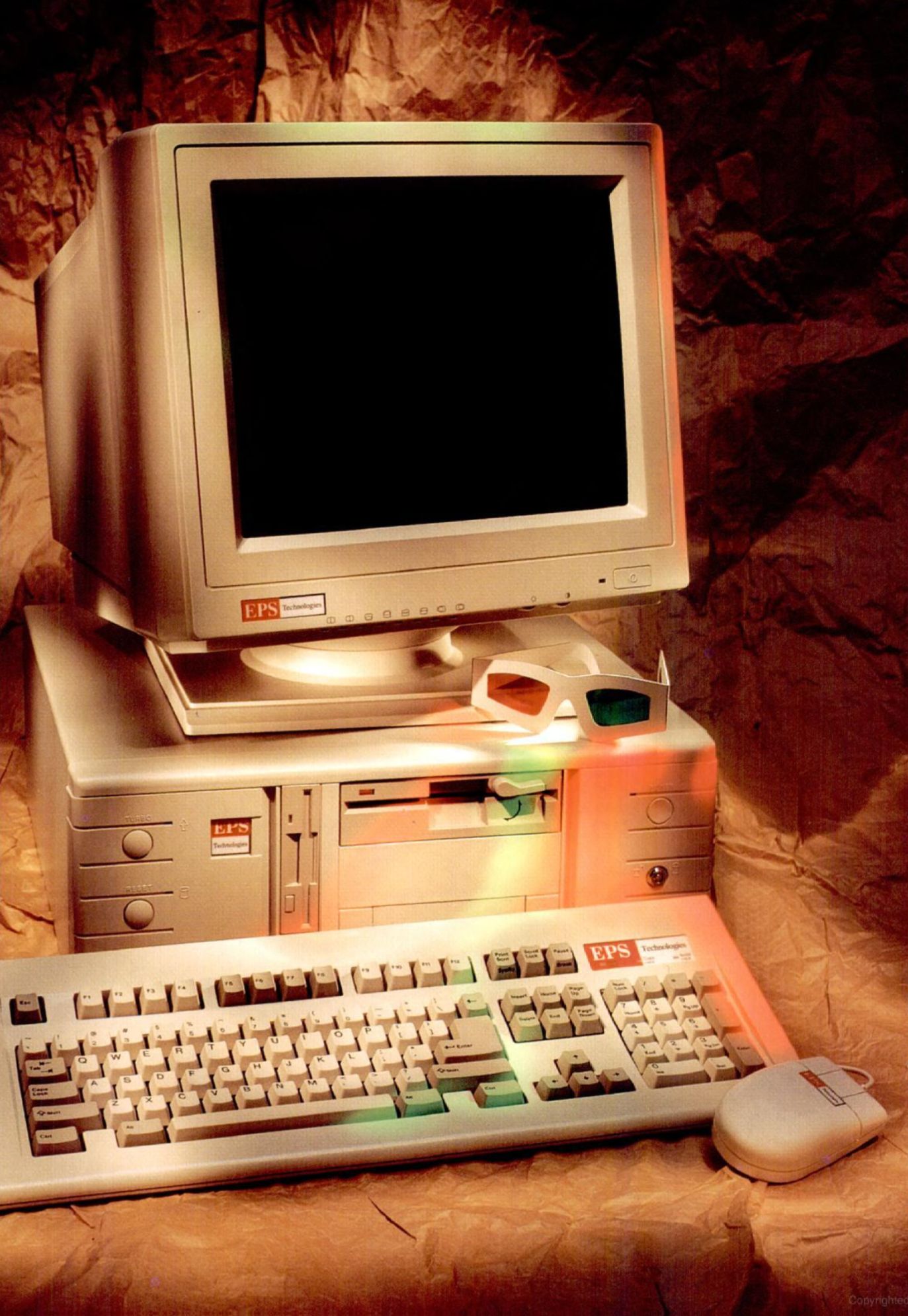
A typical computer from the early nineties looked something like this. Strict industrial design, horizontal system unit is placed under the monitor. It’s not yet customary to hide a PC under the table, and the dubious appearance by modern standards does not bother anyone. On the contrary, the computer becomes such an element of the future, even if there is a Soviet-style condo around with flowers in tubs. Not a single PC advertised in the press meets all my requirements. These are basic configurations, far from the maximum capabilities of even that ancient iron. They themselves were expensive, and the upgrade made the price of space. Let's look at the prices in the old ad.
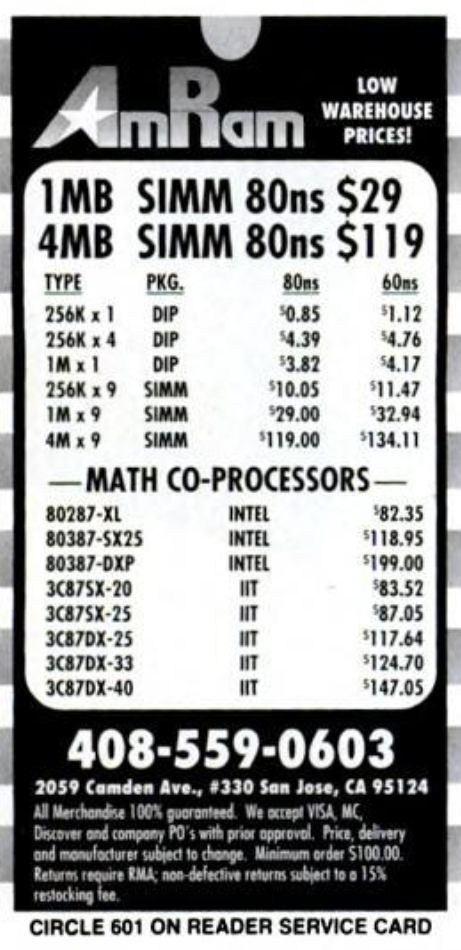
4-megabyte 30-pin, 16-bit memory module - $ 134 ($ 245) apiece. For them to work in the 386th system with 32-bit memory addressing, they need at least four pieces. That is, tsarist then 16 megabytes in themselves will cost about a thousand modern dollars. Add a coprocessor - another 147 ($ 268) dollars for the version with a frequency of 40 megahertz.

A motherboard for a processor with a frequency of 40 megahertz will cost another 325 dollars ($ 600). The cache of the second level is implemented in the form of chips on the motherboard, and is not integrated into the processor, it will also have to be purchased. Sound card - from 95 ($ 170) to 300 ($ 550) dollars, single-speed CD-ROM drive - from 500 ($ 910). It was easier to buy an upgrade kit.
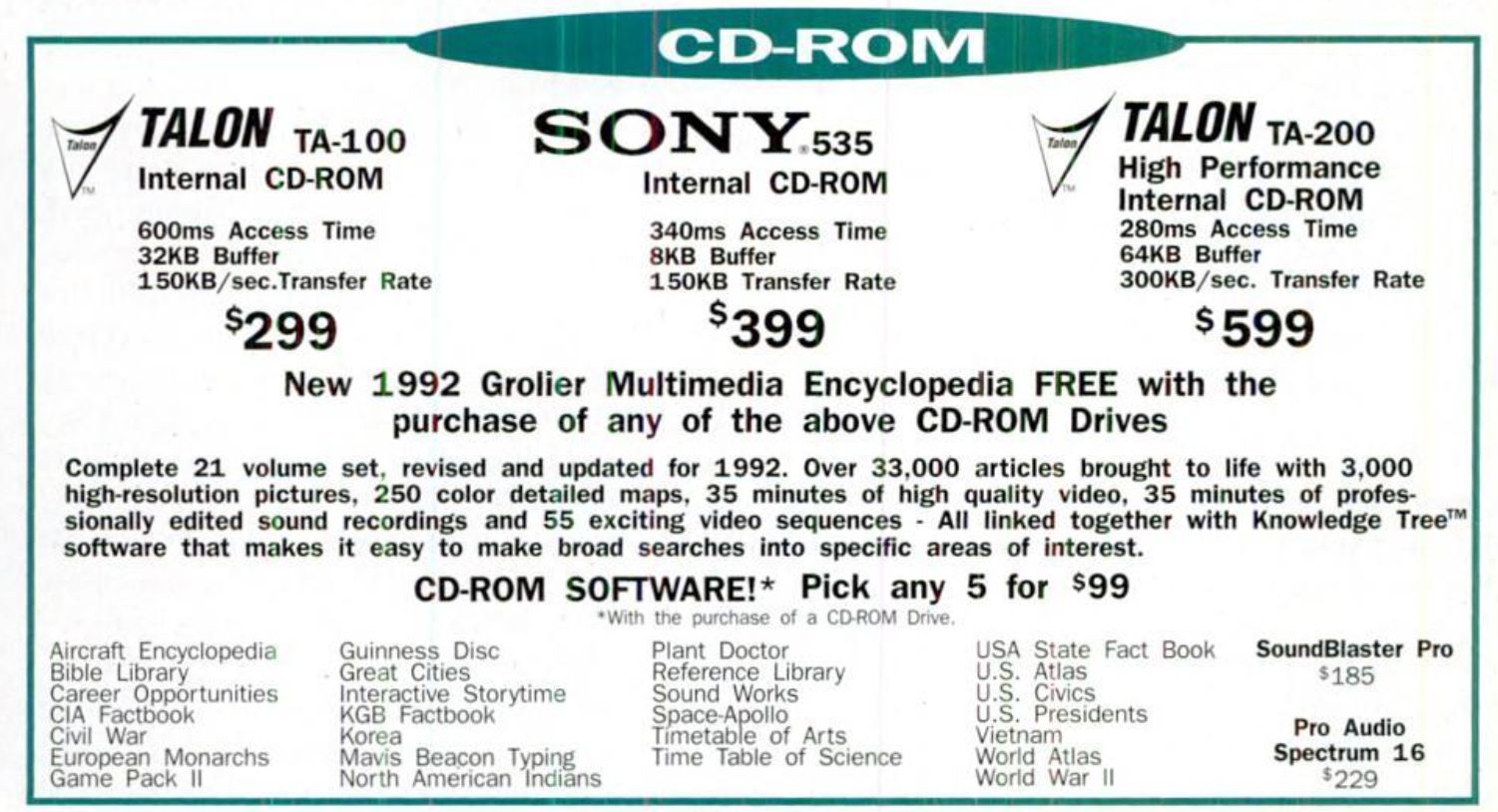
Hard drives from 40 to 1400 megabytes, priced from 189 ($ 345) to 2179 ($ 4000) dollars excluding the controller. Video cards - 200 ($ 365) per configuration with 512 kilobytes of memory and 500 ($ 910) per megabyte. But you can still think about the network, video capture, high-quality monitor, external MIDI synthesizer, backup to magnetic tape. That is, I get a computer project in which it’s not even the most powerful processor, but the money saved is invested in peripheral devices. So we decide.

In 2019, prices for computer devices of the early nineties are not so high, but not low. It was necessary to collect retro (already then) at 386 about fifteen years ago, at the beginning of the zero, I would most likely find all the iron almost for free. It must be understood that even the freshest devices suitable for such a system are at least twenty years old, but rather under thirty. Almost all the artifacts of those times went to landfill and processing, and those that survived do not always show signs of life.
Lost documentation, packaging, often lacking drivers (although they are collected by enthusiasts). It will be an expensive and difficult computer, but so interesting. Although almost the entire DOS-era works without problems on a more modern retro-iron, and is emulated too, I want to get the original devices to work, which are gradually turning into museum exhibits. I will build the computer slowly, and I will report the results in the following posts. Stay in touch, it will be interesting.
All Articles